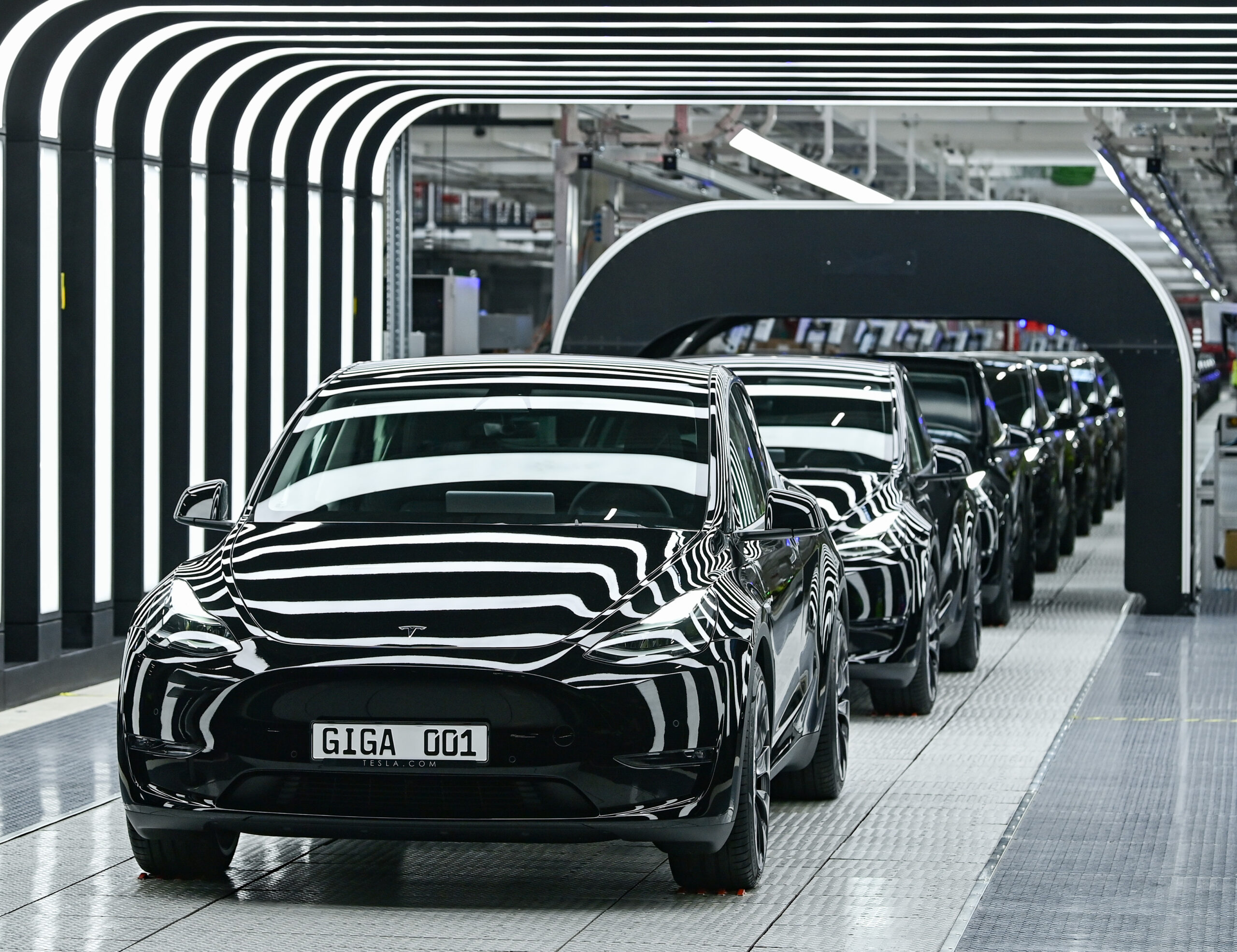California is driving the nation’s electric car revolution, and The Standard’s analysis of registration data from the California Energy Commission provides fresh insight into the burgeoning industry.
Did the steady stream of controversy swirling around CEO Elon Musk end Tesla’s dominance in the eco-conscious state? Which regions are spearheading California’s transition to an all-electric fleet? The data tells the story.
California’s Industry Continues To Skyrocket
Last year, Californians bought more than 345,000 zero-emission vehicles (ZEVs)—including electric, plug-in hybrid and hydrogen vehicles—according to the energy commission data. The figure represents a nearly 40% jump from the 2021 total, and an astronomical increase over the 18,000 sales a decade ago.
Electric vehicles represented about 85% of California’s ZEV sales and plug-in hybrids were roughly 15% in 2022. Hydrogen vehicles made up a tiny slice of the zero-emission market, registering less than 1%.
A Nationwide Explosion in Electric Vehicles
Across the country, the number of electric vehicles (EVs) has been ballooning for years, from fewer than 300,000 in 2016 to nearly 1.5 million in 2021, an increase of more than 500%.
California is the clear frontrunner of the EV trend, with the largest number of electric vehicles in the U.S. The Golden State accounted for nearly 40% of EVs nationwide as of the end of 2021, according to the latest data from the U.S. Department of Energy. That year, Californians owned over 563,000 electric vehicles.
The emphasis on EVs at the return of the Silicon Valley Auto Show shows the electric car market is growing at a breakneck pace. About 16% of all new vehicles sold in California were electric during the first few months of 2022, double the portion sold in 2020. It’s a remarkable increase but a far cry from where the industry must go: Last summer, the California Air Resources Board implemented revolutionary new regulations that require 35% of all 2026 vehicle models sold by car manufacturers in the state to be electric. In fact, new gasoline-powered cars will be banned in California beginning in 2035.
The Bay Area Is California’s ZEV Leader
The most California ZEVs were sold in Los Angeles County last year, with nearly 100,000 registrations. That’s no surprise, considering LA is by far the most populous county in the state.
But residents of the Bay Area buy far more ZEVs per capita. In total, the nine-county region around the SF Bay purchased 118 ZEVs per 10,000 residents in 2022. That’s more than double the statewide average of 50. And Bay Area counties took six of the top 10 slots for ZEV sales last year.
In fact, San Francisco narrowly beat out Los Angeles as the seventh-ranking county in terms of per-capita ZEV sales—an impressive showing given that SF has the lowest rate of vehicle ownership in the state, according to energy commission data.
Within San Francisco, the highest number of ZEVs were registered in the 94110 ZIP code, home to the Mission and Bernal Heights. The ZIP code for the Castro and Noe Valley was No. 2, followed by that of Glen Park and Twin Peaks.
Is Tesla’s Share Keeping Up?
Remarkably, even as more automakers jumped into the fray with models of their own, Tesla continued to dominate ZEV sales in California last year, the energy commission data shows. This comes even as growing competition in the market has signaled a slackening of Tesla’s grip on other parts of the country, more issues with self-driving mode and commentators opined that Musk’s increasing antagonism of liberals could scare away the core of his eco-conscious customer base.
Nearly two-thirds of all ZEVs purchased in California last year were Teslas, giving the company its largest market share since statewide sales climbed into the thousands more than a decade ago. Teslas were the top-selling ZEVs in nearly every county in the state, with the exception of a handful of counties where residents bought a combined less than 20 ZEVs in total.
Even in San Francisco, where fallout from Musk’s acquisition of Twitter dominated headlines for weeks, Teslas were by far the most popular zero-emission vehicles sold last year. Nearly 2,390 new Tesla Model Ys were registered in SF, followed by about 1,990 Tesla Model 3s, according to the energy commission data. The most-purchased non-Tesla was the Chevrolet Bolt EUV, coming in far behind at 194, followed by the Toyota Prius Prime with 192.
Tesla has its work cut out for it if it wants to hang onto its command of the California market. After all, just a month into 2023, one of Tesla’s competitors rolled out a round of high-profile Super Bowl ads promising an electric pickup to “really deliver” for people “unsatisfied” with their “premature electrification.”
If that’s a sign of things to come, then as the nation’s most populous state transitions to an entirely electric fleet over the next decade, competition for Californians’ electric vehicle business promises to get harder, not easier.
